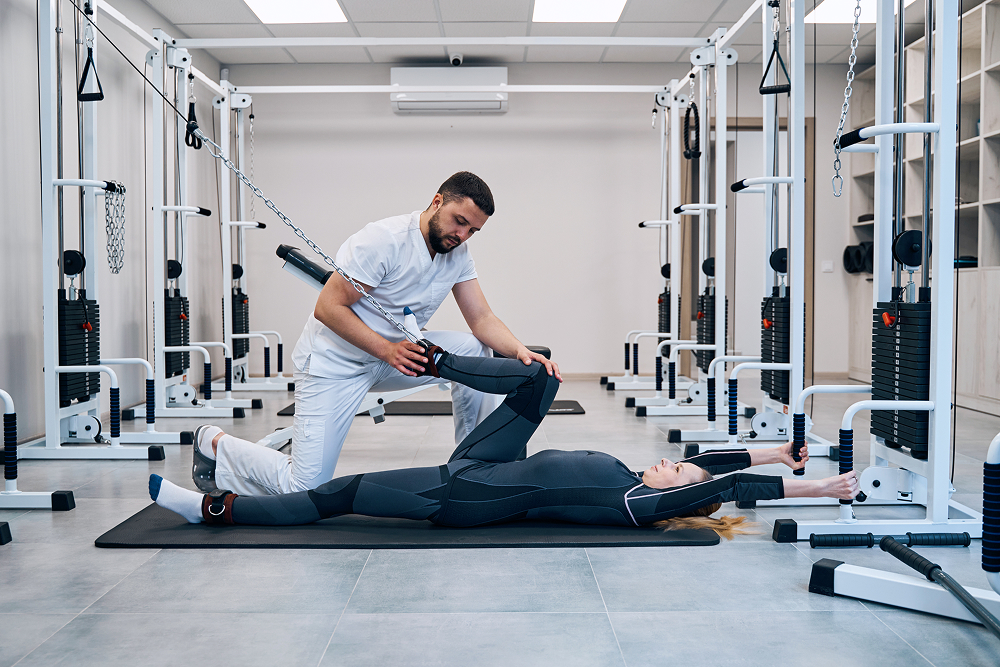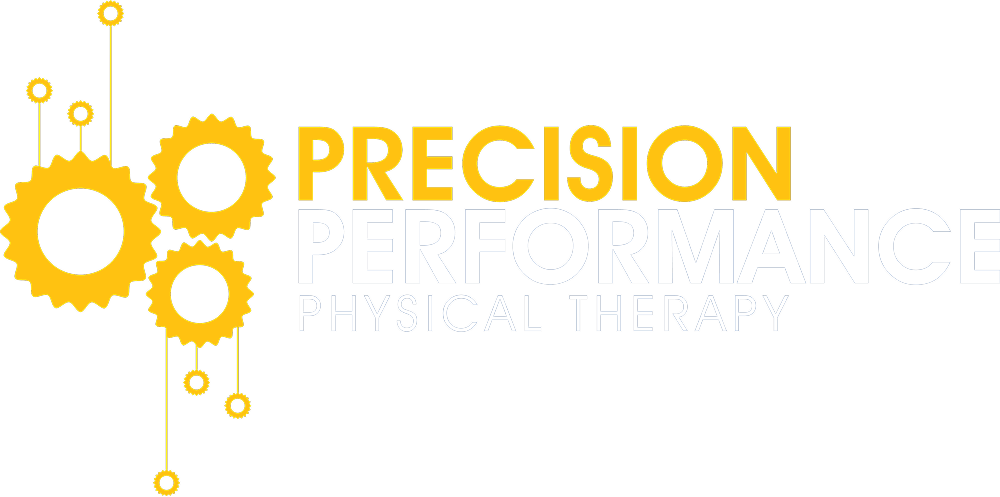Knee Injury Prevention: Strengthening Key Muscles

Knee injuries are a common issue for both athletes and everyday individuals, causing pain and impacting mobility. While knee injuries may result from sudden incidents, they are often due to muscle imbalances, weakness, or poor alignment that increase stress on the knee joint. Strengthening specific muscle groups around the knee can play a major role in knee injury prevention, providing stability and support. This blog explores the anatomy of the knee, key muscles to target, and exercises to help prevent knee injuries.
Understanding the Knee Joint and Injury Prevention
The knee joint is one of the largest and most complex joints in the body, bearing the weight of the upper body while allowing flexibility and range of motion. The knee connects the thigh bone (femur) to the shin bone (tibia) and includes ligaments, cartilage, and menisci that help stabilize and cushion the joint.
Because the knee is involved in various movements like walking, jumping, and twisting, it is especially vulnerable to injuries, including strains, sprains, ligament tears, and chronic issues like patellar tendonitis. For effective knee injury prevention, it’s crucial to strengthen muscles that support and stabilize the knee joint.
Key Muscles for Knee Injury Prevention
When it comes to knee injury prevention, targeting muscles that surround and support the knee joint is essential. These muscles include:
- Quadriceps (Front Thigh Muscles): The quadriceps are the large muscles on the front of the thigh. They are responsible for straightening the knee and play a critical role in absorbing shock and reducing the load on the knee joint.
- Hamstrings (Back Thigh Muscles): The hamstrings are located at the back of the thigh. They help bend the knee and stabilize the leg, working in opposition to the quadriceps to control knee movement and reduce strain.
- Gluteal Muscles (Glutes): The glutes, especially the gluteus medius, play a significant role in maintaining alignment and stability of the knee. Weak glutes can lead to poor hip alignment, which places more stress on the knee.
- Calves (Lower Leg Muscles): The calf muscles, particularly the gastrocnemius and soleus, help stabilize the knee joint when walking and running. Strong calves can also support proper movement mechanics in the legs.
- Hip Abductors and Adductors: These muscles on the outer and inner thigh, respectively, help control side-to-side knee movement, maintaining balance and reducing the risk of ligament injuries.
Exercises to Strengthen Key Muscles for Knee Injury Prevention
The following exercises target the muscles that support and stabilize the knee. Incorporating these into a regular fitness routine can help prevent knee injuries by strengthening and balancing the leg muscles.
1. Squats
Target Muscles: Quadriceps, glutes, hamstrings.
How to Do It: Stand with feet shoulder-width apart, lower your body as if sitting in a chair, keeping your knees behind your toes. Push through your heels to return to the starting position.
Benefits: Squats strengthen the quadriceps, glutes, and hamstrings, promoting balance and stability around the knee.
2. Hamstring Curls
Target Muscles: Hamstrings.
How to Do It: Lie on your stomach and bend your knee, bringing your heel toward your glutes. For added resistance, use ankle weights or a resistance band.
Benefits: Strengthening the hamstrings helps balance the power of the quadriceps and reduces strain on the knee.
3. Glute Bridges
Target Muscles: Glutes, hamstrings.
How to Do It: Lie on your back with knees bent and feet flat on the ground. Lift your hips toward the ceiling, squeezing your glutes, then lower back down.
Benefits: Glute bridges activate and strengthen the gluteal muscles, essential for knee alignment and injury prevention.
4. Calf Raises
Target Muscles: Calves.
How to Do It: Stand with feet hip-width apart, rise onto your toes, then slowly lower your heels back to the ground.
Benefits: Strong calves help with knee stability and proper leg movement mechanics, especially when running and jumping.
5. Clamshells
Target Muscles: Gluteus medius, hip abductors.
How to Do It: Lie on your side with knees bent, feet together. Keeping your feet together, lift your top knee toward the ceiling, then lower it back down.
Benefits: Clamshells target the gluteus medius and hip abductors, improving lateral stability and preventing knee misalignment.
6. Side-Lying Leg Raises
Target Muscles: Hip abductors, gluteus medius.
How to Do It: Lie on one side with legs straight. Raise the top leg toward the ceiling, then slowly lower it back down.
Benefits: Side-lying leg raises strengthen the hip abductors and help maintain knee alignment, reducing the risk of lateral knee injuries.
Best Practices for Effective Knee Injury Prevention
- Warm Up and Cool Down: Always warm up before exercising to prepare the muscles and joints, and cool down after to aid recovery.
- Focus on Form: Proper form during exercises is crucial for avoiding knee injuries. Ensure that your knees are aligned with your toes and avoid twisting motions.
- Progress Gradually: Begin with bodyweight exercises and progress to weights or resistance bands as you build strength and confidence.
- Incorporate Balance Exercises: Balance training, such as single-leg stands or Bosu ball exercises, can improve proprioception and knee stability.
- Listen to Your Body: Avoid pushing through pain, as this can lead to further injury. Rest and recovery are important parts of any fitness routine.
- Consult a Physical Therapist: If you have had a previous knee injury or are unsure of where to start, consult a physical therapist. They can develop a customized program to meet your needs and monitor your progress to ensure safety.
Free Physical Therapy Consultation
If you’re concerned about knee injuries or want to develop a prevention plan tailored to your needs, consider a free consultation with our expert physical therapists. We offer in-home consultations to assess your unique needs and create a custom plan focused on strengthening and protecting your knee joints. With professional guidance, you can enjoy a safe and active lifestyle while minimizing the risk of knee injuries.
By focusing on strengthening the muscles that support the knee, you can take proactive steps toward knee injury prevention and long-term health. For professional guidance, take advantage of our free consultation to get started with a personalized plan that fits your needs and lifestyle. Our expert physical therapists are ready to help you stay active, healthy, and pain-free!
